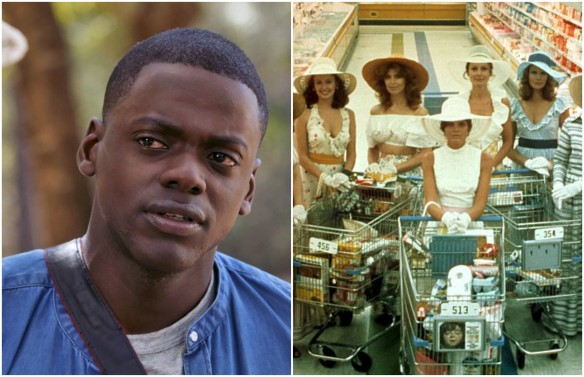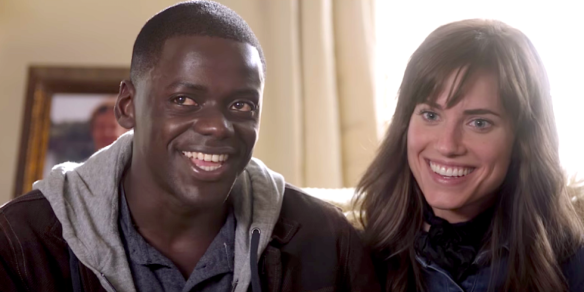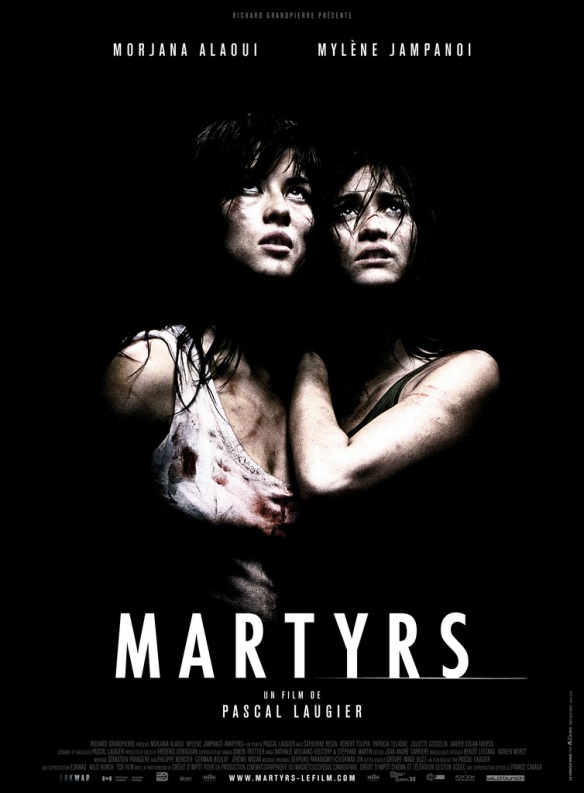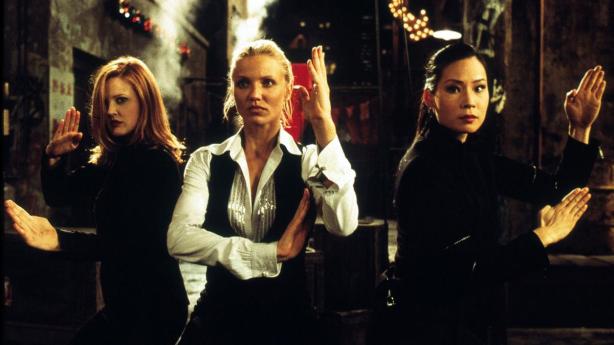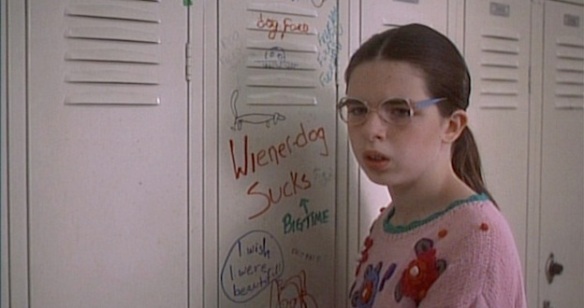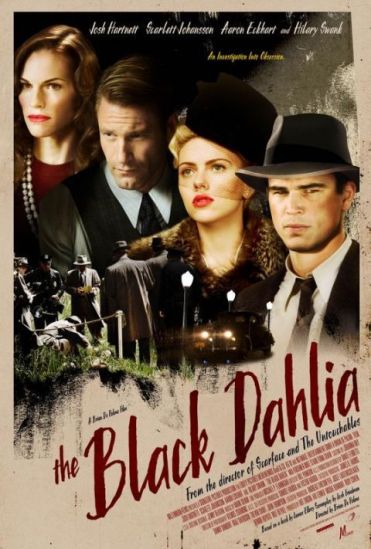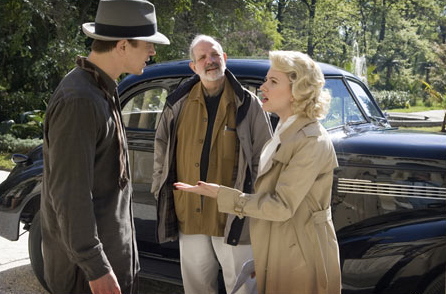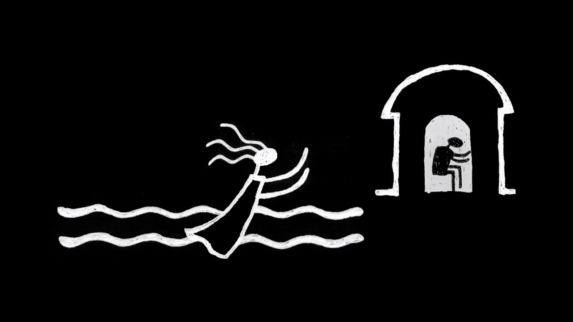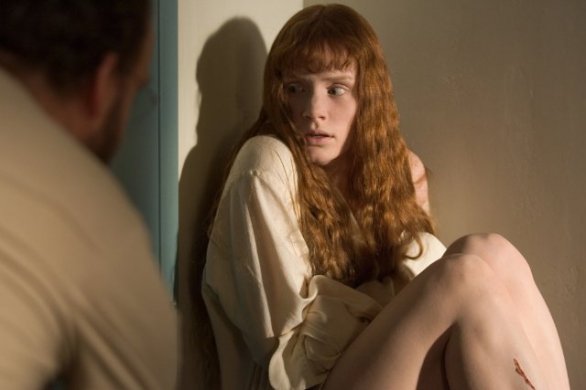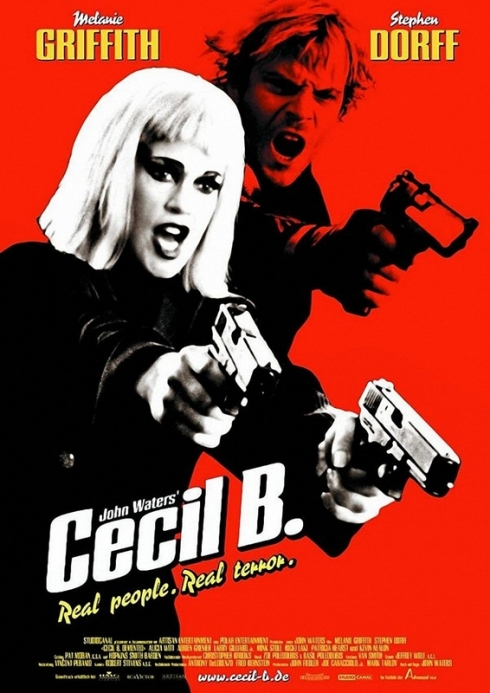
I’m still dipping my toes into the world of iconic anarchist director John Waters’ filmography. I liked the rawness of his early work 1971’s Multiple Maniacs but years ago when I tried to watch the Tracey Ullman sex comedy, A Dirty Shame, I couldn’t even last thirty minutes. Water’s MO for his decade-spanning career has been to push the boundaries of censorship and social norms. His films are known for depicting vulgarity for vulgarity’s sake. It’s why his films can be hit or miss for so many audience members, it depends on if you’re willing to embrace that uniqueness as well as enjoy it. I’ve been on the side of respecting his boldness and experimentation but finding the finished product either mildly boorish or boring because of the narrative’s focus on the gross-out rather than a compelling story. His new millennium entertainment satire Cecil B. Demented is somewhat of a departure than what I expected from a John Water’s joint. While crying “rebellion”, Demented has a very clear engaging plot and exceptional production value. The unorthodox characters and casting are what give it Waters signature feel.
The film opens at a local Baltimore movie theater prepping for a red carpet premiere of a new major motion picture starring aging actress Honey Whitlock (Melanie Griffith). It’s established she’s kind of a bitch, shown by how poorly she treats her assistant played by Ricki Lake, and that all her movies are mainstream trash. During the lavish event, she is kidnapped by a group calling themselves SprocketHoles, a youthful terrorist organization who want to send a message to Hollywood that they must stop making schmaltzy garbage and indie, radical filmmaking is the only true artful cinema. Honey is held hostage in their bohemian dwellings and transported to locations across the city to film guerilla style scenes for director and rebel leader, Cecil B. Demented (Stephen Dorff). Their unethical practices lead to shootouts and all participant are willing to die in the name of cinema, even Honey as she becomes indoctrinated into their cult. It’s very obvious that John Water’s wanted to make his version of the Patty Hearst Story and structuring it as a Hollywood satire is a great way to channel his message through. It does stand as one of the more grabbing aspects because I immediately delved into a K-hole of reading about Patty Hearst details and it’s as bananas as this movie makes it out to be. I should also note Hearst plays a small role as a concerned mother of one of the anarchists and it’s both off-color and fascinating.
I need to take a second and breakdown some of the cast because it’s intriguing. First, Melanie Griffith is both the worst and best choice for the lead. I’ll say it here, we give her a pass for Working Girl but she’s a terrible actress. Her delivery is always flat and unconvincing. I like this in scenes when Honey is acting for the camera because it’s a statement that Hollywood will turn no talent pretty faces into a star but I wish for all the other scenes she could be a real person but Griffith always sounds stilted. It makes sense that Waters would want her because he loves offbeat performances. Patty Hearst can’t sell a line to save her life but it’s weird and that’s what he wants. Yet the supporting cast is astonishingly good due in part to the casting of youthful up and comers like Maggie Gyllenhaal and Michael Shannon (credited Mike). The collective, in general, contain the most fun characters, each representing an aspect of the filmmaking process, Gyllenhaal’s Raven is the makeup artist and Shannon’s Petie is the driver and they all have codenames tattooed on them of famous independent directors, Fassbinder, Almodovar, etc. Each member is a little crazy either by drugs (Adrian Grenier’s glue huffing Lyle), sex (Alicia Witt’s porn star Cherish) or Satan (Raven is a satanist). I will say the two black members of the team Lewis (Larry Gillard Jr) and Chardonnay (Zenzele Uzoma) while during the kidnapping are essential but once out of disguise become troubling stereotypes of what someone in the year 2000 would call “urban”. They are relegated to providing a hip-hop score to the residence and when Lewis speaks (Chardonnay has very few lines other than rapping) he has an unnecessary ebonics dialect. Can’t say it’s much of a surprise that writing black characters isn’t John Waters strong suit.
As much as this is John Waters criticizing the Hollywood system, this feels closer to a studio movie. It’s a large budget than his initial projects so it’s all around better quality than the grainy amateurishness associated with his early work. But that’s the changing of the industry. Movies like Mondo Trasho and Pink Flamingos were edgy in the 60’s and 70’s because they were perverted and unlike anything that a studio would be willing to create but as society progressed his debauchery was less groundbreaking. Cecil laments that mainstream cinema “stole our sex and co-opted our violence” referring to the boundary pushing that underground cinema pioneered. This film isn’t that revolutionary or avant-garde because as Waters sees it, it’s almost impossible to do so anymore. Hollywood embraces weirdness in a way it wouldn’t 40 years earlier. The unforeseen twist of it all is that if this movie came out a year later, it would be seen as very divisive. Cecil B. Demented is wholly a pre-9/11 movie. With the amount of terrorism and mass shootings this film contains, it really struck a cord as a 2017 viewer. Gun violence in a movie theater is less of something to laugh about now and radicalization as much more significant connotations. I hope Waters’ finds solace that retroactively this movie becomes tasteless.
Cecil B. Demented is a decent gateway into the foray of John Waters. It gives you a gist of the of extremes he incorporates like the fact the climax of the film is people literally climaxing in a rooftop orgy. Like all his films it’s about outcasts and perverts and how life is better with eccentricities. There is a lot of accessible parody for a laymen viewer like the sequel hating stance towards “Forrest Gump 2”. The tone is overall silly which makes it highly palatable to watch these brightly colored sets and over the top characters try to make a movie. The wackiness of the crew running into and hiding out in different movie theaters in the city (family friendly, action oriented and porno) makes for Scooby-Doo level hijinx which is easier to convince someone to see than a movie that has a fetish rape (a John Waters standard). Yeah, it’s a little demented, but it’s mostly a lot of fun.

